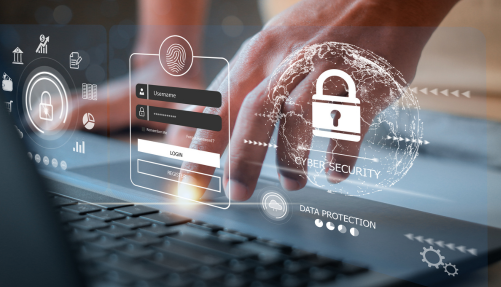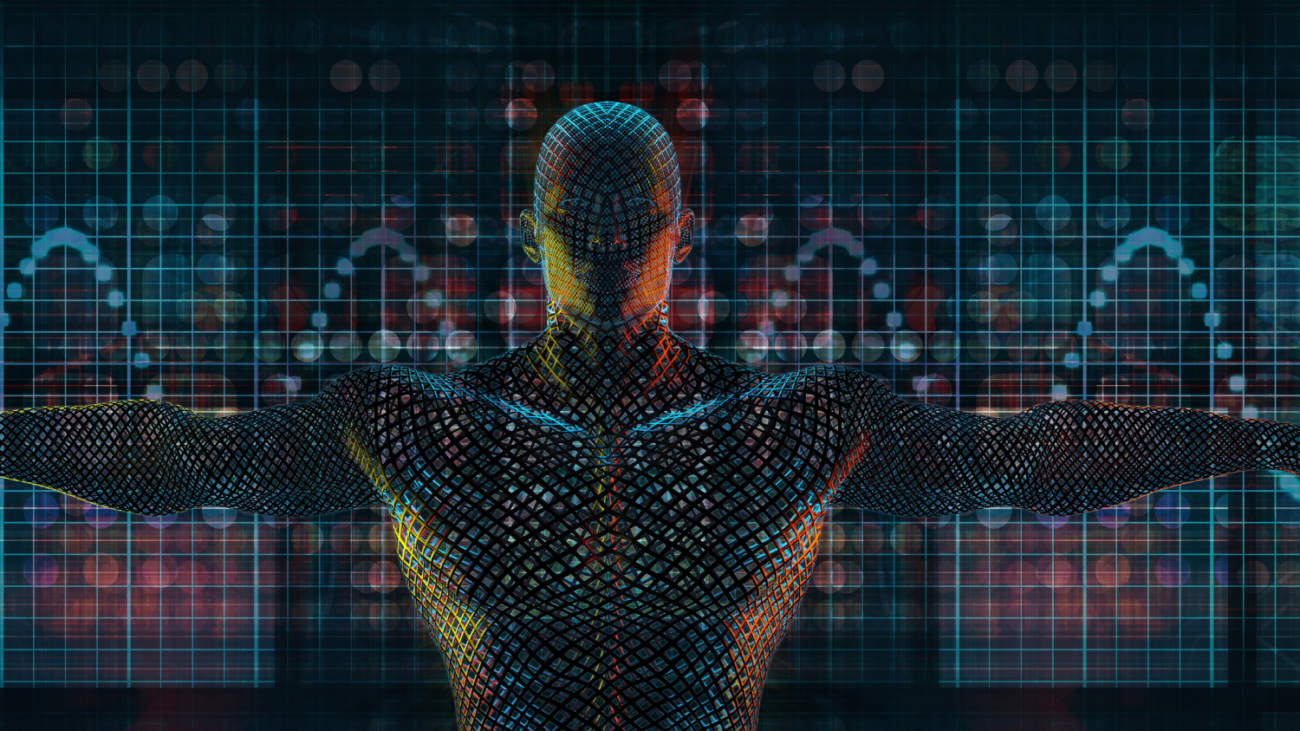The protection technology scene is changing at an unprecedented speed as we enter 2024. Given the emergence of complex hazards and weaknesses, staying ahead in the security game has never been more critical. From protecting personal information to securing physical environments and guaranteeing corporate continuity, the most recent developments in protection technology are redefining resilience and safety criteria. Let’s explore the advanced protection technologies of 2024 and how they address modern issues and provide improved security measures.
1. Cybersecurity Policies
As digital threats get more complicated, cybersecurity is a crucial concern. The following shows how the newest technologies are addressing these difficulties:
Machine learning and artificial intelligence (AI):
Imagine having a security guard able to rapidly identify trends from enormous volumes of data and never sleep. AI-powered systems provide this. These devices always examine data to find real-time odd behaviour and hazards. Furthermore, machine learning systems learn from prior events, which helps them detect fresh kinds of threats as they develop.
Quantum encryption:
Quantum encryption is giving the field of encryption a futuristic make-over. This method uses quantum mechanical ideas to build essentially flawless communication channels. It’s like having a sophisticated lock that even the most potent quantum computers cannot break. This approach prepares us for a time when quantum computing would otherwise endanger conventional encryption systems.
Zero Trust models of security:
“Never trust, always verify” is the straightforward yet guiding solid concept of the Zero Trust approach. Zero Trust calls for constant authentication and rigorous access limits independent of a user’s location or network they are on. Imagine it as having a security checkpoint at every entrance of your digital residence, guaranteeing that only authorised users may pass through.
2. Technologies in Physical Security

Just as crucial as digital security is physical security, and the most recent innovations are improving its efficiency than ever:
Just as crucial as digital security is physical security, and the most recent innovations are improving its efficiency than ever:
Access Control Based on Biometry:
The days of conventional keys and access cards are long gone. Biometric systems now manage access to restricted areas using iris scanning technology, facial recognition, or fingerprint systems. This is a safe and practical approach to guaranteeing that only authorised people may access private areas.
Tracking Systems:
Not only are modern CCTV cameras excellent quality, but they also abound in artificial intelligence features. They record necessary evidence and offer real-time alarms for identifying suspicious conduct. Imagine having a vigilant eye that instantly alerts you when you analyse a video for any hazards.
Perimeter security:
Consider perimeter security as your property’s high-tech stronghold. Advanced systems guard facility borders using sensors, motion detectors, and automated barriers. They provide strong protection against intruders as they may quickly react to identify illegal access.
The drones:
Drones are transforming the monitoring of vast regions. They can monitor and patrol in real time, equipped with cameras and artificial intelligence. They improve security coverage and reaction capacity, enabling easier monitoring of large areas free from human constraints.
3. Information Safety
Given the great value of data in this day of computers, safeguarding it is vital. The newest technologies are guaranteeing data security as follows:
New Encryption Guidelines:
Encryption is the foundation of data protection. Algorithms such as RSA (Rivest-Shamir-Adleman) and the Advanced Encryption Standard, or AES, translate data into unreadable forms only accessible with the correct key. This technology protects sensitive data from curious hands.
Preventing data loss:
DLP answers resemble data watchdogs. They monitor and regulate material transfers to stop the illegal distribution of sensitive material or leaks. They also establish rules for keeping and managing data, lowering the possibility of accidental or deliberate data loss.
Technology for Blockchain:
Blockchain has uses beyond currency. Data management and recording are ideal on its distributed and unchangeable ledger. This system guarantees data integrity and stops fraud or manipulation, offering a straightforward and safe approach to managing transactions.
4. Network Safety
Protecting your whole digital infrastructure depends on maintaining the security of your network. Modern technologies are strengthening network security, as seen here:
Firewalls of Next Generation:
By combining their primary purposes with cutting-edge capabilities, including deep packet inspection, intrusion prevention systems (IPS), and application control, NGFWs surpass conventional firewalls and offer complete defence against advanced threats.
Systems of intrusion detection and prevention:
These systems hunt for harmful behaviour in network traffic nonstop. Along with identifying any hazards, they operate automatically to block or minimise them. It’s like having a real-time reacting automated security staff.
Partition of networks:
Network segmentation is breaking off a network into smaller, independent pieces. This strategy improves general security and restricts the spread of possible breaches, thereby building a layered defence to control hazards and lower their impact.
In summary
There is a large and constantly changing terrain within the field of advanced protective technologies. These technologies are indispensable for handling contemporary security concerns, from data protection, to network security and application security, these advanced conversion technologies are essential for addressing modern security challenges.

